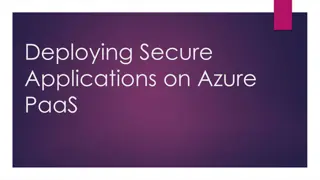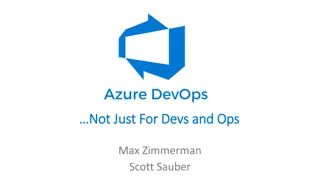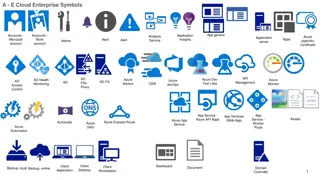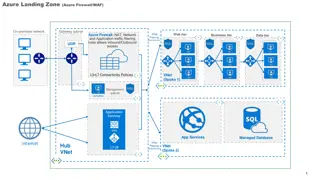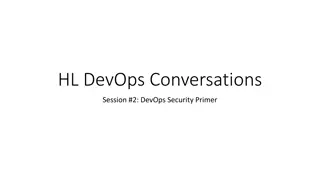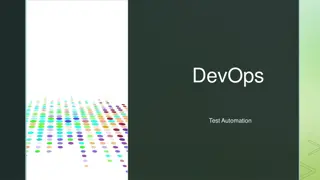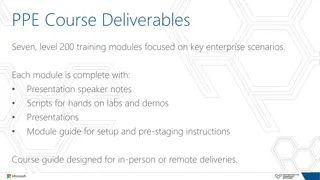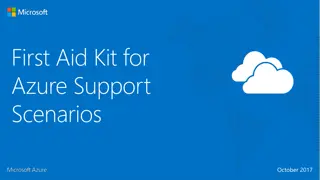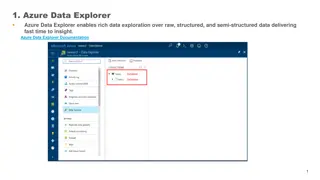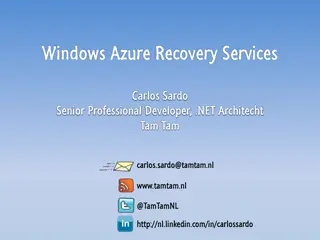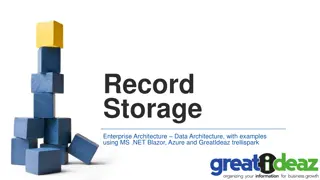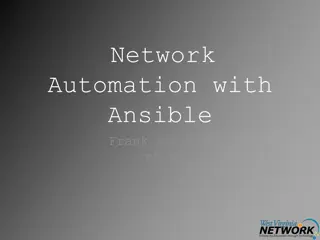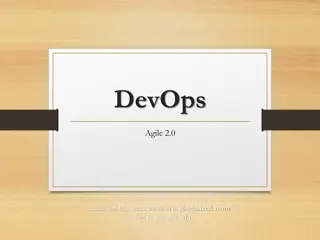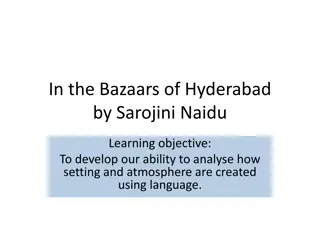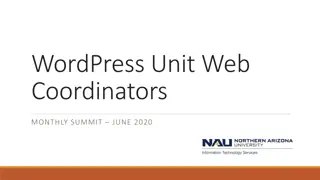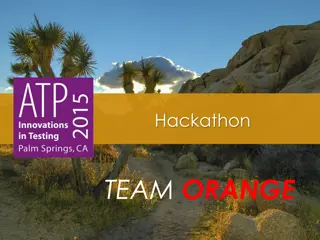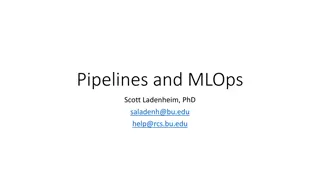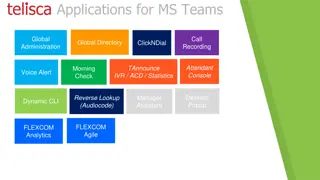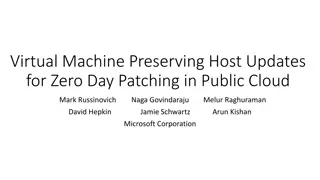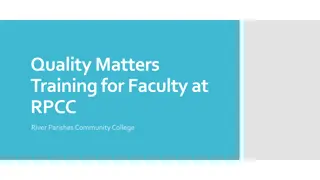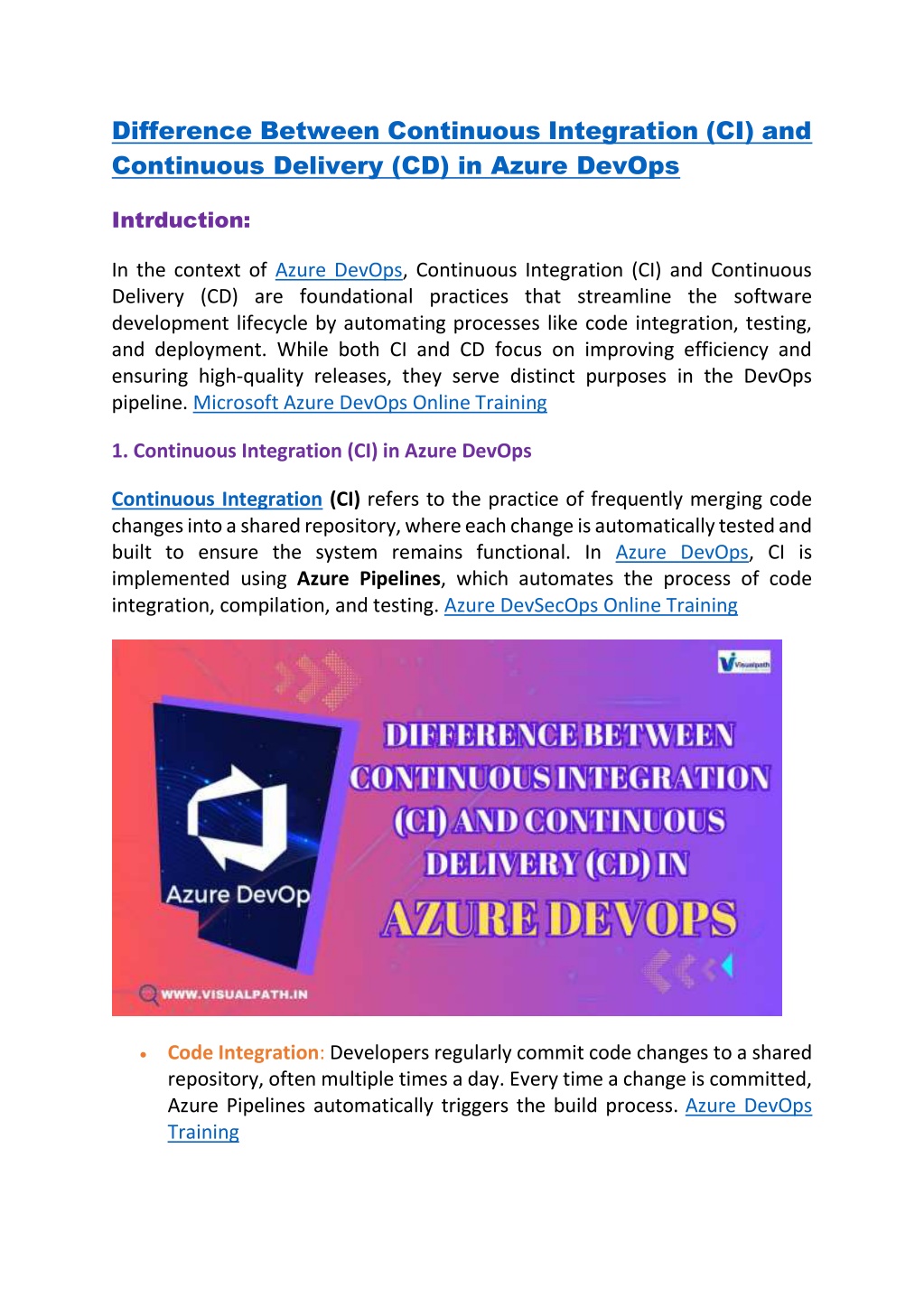
Azure DevOps Online Training in Hyderabad | Azure DevOps Training
nAzure DevOps Online Training -Visualpath offers the best Azure DevSecOps Online Training (worldwide), which includes continuous integration, delivery and testing. Learn the basics and advanced concepts, and use Microsoft Azure DevOps to boost your
Download Presentation

Please find below an Image/Link to download the presentation.
The content on the website is provided AS IS for your information and personal use only. It may not be sold, licensed, or shared on other websites without obtaining consent from the author. Download presentation by click this link. If you encounter any issues during the download, it is possible that the publisher has removed the file from their server.
E N D
Presentation Transcript
Difference Between Continuous Integration (CI) and Continuous Delivery (CD) in Azure DevOps Intrduction: In the context of Azure DevOps, Continuous Integration (CI) and Continuous Delivery (CD) are foundational practices that streamline the software development lifecycle by automating processes like code integration, testing, and deployment. While both CI and CD focus on improving efficiency and ensuring high-quality releases, they serve distinct purposes in the DevOps pipeline. Microsoft Azure DevOps Online Training 1. Continuous Integration (CI) in Azure DevOps Continuous Integration (CI) refers to the practice of frequently merging code changes into a shared repository, where each change is automatically tested and built to ensure the system remains functional. In Azure DevOps, CI is implemented using Azure Pipelines, which automates the process of code integration, compilation, and testing. Azure DevSecOps Online Training Code Integration: Developers regularly commit code changes to a shared repository, often multiple times a day. Every time a change is committed, Azure Pipelines automatically triggers the build process.Azure DevOps Training
Automated Testing: As part of the build, automated tests (such as unit tests) are executed to validate the new code. This ensures that new changes do not break existing functionality, reducing integration issues. Feedback and Reporting: If a test or build fails, Azure DevOps provides immediate feedback to the development team, allowing them to fix issues quickly. Integration problems are detected early, minimizing the time spent on debugging. Azure DevOps Training Online The primary goal of CI is to ensure that the codebase is always in a deployable state. By identifying and resolving issues early, CI fosters a smoother development process and improves code quality. Azure DevOps Course Online 2. Continuous Delivery (CD) in Azure DevOps Continuous Delivery (CD) takes the process one step further by automating the preparation and release of code to production environments. After the CI process ensures that the code is functional, CD automates the delivery pipeline, enabling frequent, reliable releases of software. In Azure DevOps, CD is also managed through Azure Pipelines, which handles the deployment of the code to various environments, such as testing, staging, or production. Automated Build and Deployment: After CI validates the code, the CD pipeline automatically pushes the code to a deployment environment. This can include multiple environments, such as development, testing, and production, ensuring that the software is deployed seamlessly. Environment-Specific Testing: In each environment, the code undergoes additional testing to ensure it functions as expected in real-world conditions. This may involve integration testing, performance testing, or user acceptance testing. Azure DevSecOps Online Training Approval Gates: Azure DevOps allows the inclusion of manual or automated approval gates, which ensure that stakeholders or automated checks can review the deployment before it reaches production. The goal of CD is to automate the release process, allowing the software to be delivered to end-users more frequently and reliably. 3. Key Differences Between CI and CD Focus: CI focuses on merging code and running automated tests, ensuring that the code is always in a functional state. CD focuses on automating the deployment process to deliver code to production.
Automation Scope: CI automates the build and testing process, while CD automates the release and deployment of code to various environments. End Goal: The end goal of CI is to maintain a clean, functional codebase, while the goal of CD is to ensure that the code can be released to production easily and frequently. Azure DevOps Certification Online Training Conclusion In Azure DevOps, both CI and CD are critical practices that help teams build, test, and release software faster and more reliably. CI ensures that developers can integrate their work frequently without causing disruptions, while CD automates the deployment process, making releases more consistent and less error-prone. Together, CI and CD enhance collaboration, quality, and speed, enabling teams to deliver value to users continuously. Azure DevOps Online Training in Hyderabad Visualpath is the Best Software Online Training Institute in Hyderabad. Avail complete Azure DevOps Online Training worldwide. You will get the best course at an affordable cost. Attend Free Demo Call on - +91-9989971070 Visit: https://visualpathblogs.com/ WhatsApp: https://www.whatsapp.com/catalog/919989971070 Visit https://visualpath.in/Microsoft-Azure-DevOps-online- Training.html


